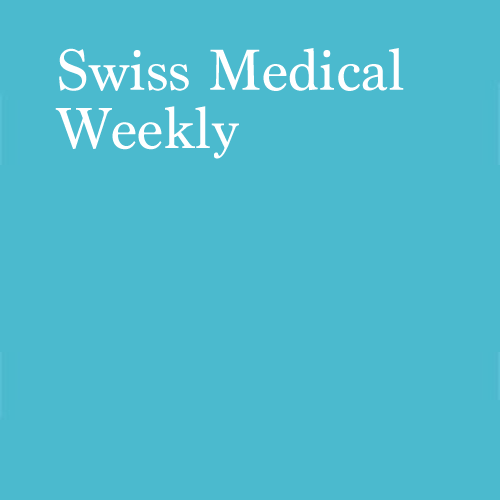Summary
Background and Aims
In Switzerland, the prevalence of hepatitis C virus (HCV) among people who inject drugs (PWID) has been decreasing owing to active harm reduction efforts and an aging population. Recent advances in HCV therapeutics may provide an opportunity to direct treatment to high-risk populations, with a goal of reducing HCV prevalence and preventing new infections. In order to guide these efforts, the current project was undertaken with the following aims: (1) to develop a simple model to estimate the number of new HCV infections using available data on PWID; (2) to examine the impact of intervention strategies (prevention and treatment) on new and total HCV infections among PWID.
Methods
A dynamic HCV transmission model was used to track HCV incidence and prevalence among active PWID according to their harm reduction status. The relative impact of treating 1, 5, 10 or 15% of HCV+ PWID with new oral direct acting antivirals was considered.
Results
In 2015, there were an estimated 10 160 active PWID in Switzerland, more than 85% of whom were engaged in harm reduction programmes. Approximately 42% of active PWID were HCV-RNA+, with 55 new viraemic infections occurring annually. By 2030, a 60% reduction in the HCV+ PWID population would be expected. In the absence of behavioural changes, the number of secondary infections would increase under all treatment scenarios. With high level treatment, the number of secondary infections would peak and then drop, corresponding to depletion of the viral pool. In Switzerland, 5% treatment of the 2015 HCV+ PWID population per year would result in a 95% reduction in total cases by 2030, whereas =10% treatment would result in a >99% reduction.
Conclusions
Timely treatment of hepatitis C virus among people who inject drugs is necessary to reduce the prevalence and prevent new infections in Switzerland.
Countries: Switzerland

